Nero Egernia
Well-Known Member
Hi everyone, for the past couple years I've been following local Heath Monitors (Varanus rosenbergi). I've learnt a few things about them while out in the field. Probably the most exciting thing, however, was being able to observe and photograph neonates emerging from the scene of their birth, deep within termite mounds, after a lengthy incubation period that lasts roughly half the year.
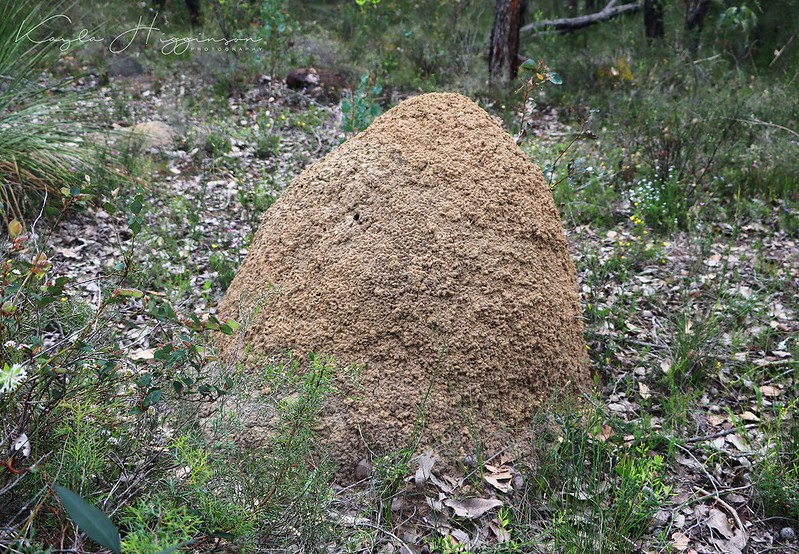 Nasute Termite Mound by Kayla Higginson, on Flickr
Nasute Termite Mound by Kayla Higginson, on Flickr
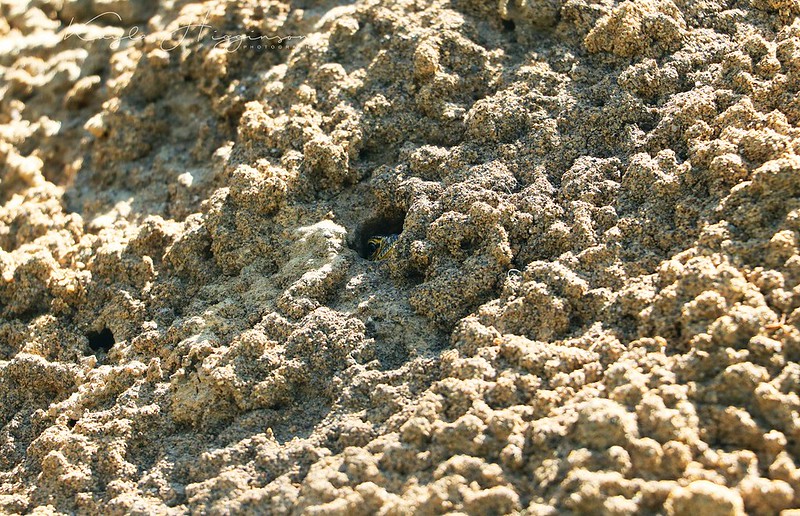 Heath Monitor (Varanus rosenbergi) by Kayla Higginson, on Flickr
Heath Monitor (Varanus rosenbergi) by Kayla Higginson, on Flickr
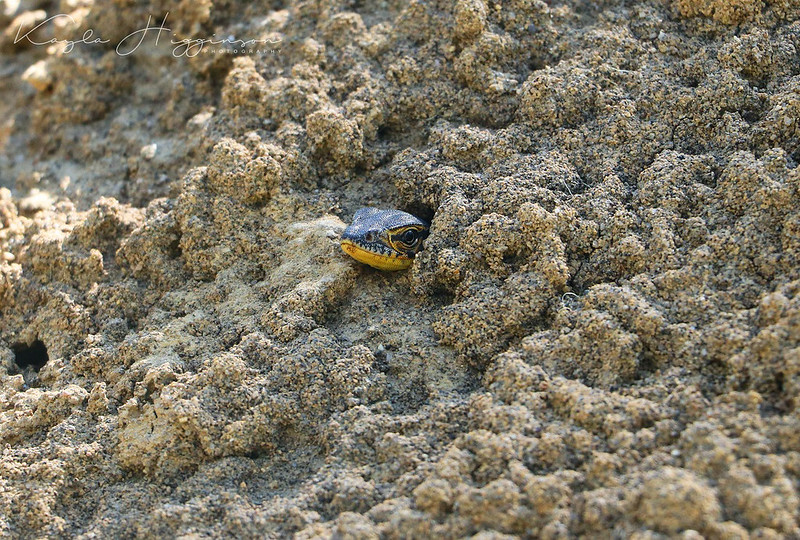 Heath Monitor (Varanus rosenbergi) by Kayla Higginson, on Flickr
Heath Monitor (Varanus rosenbergi) by Kayla Higginson, on Flickr
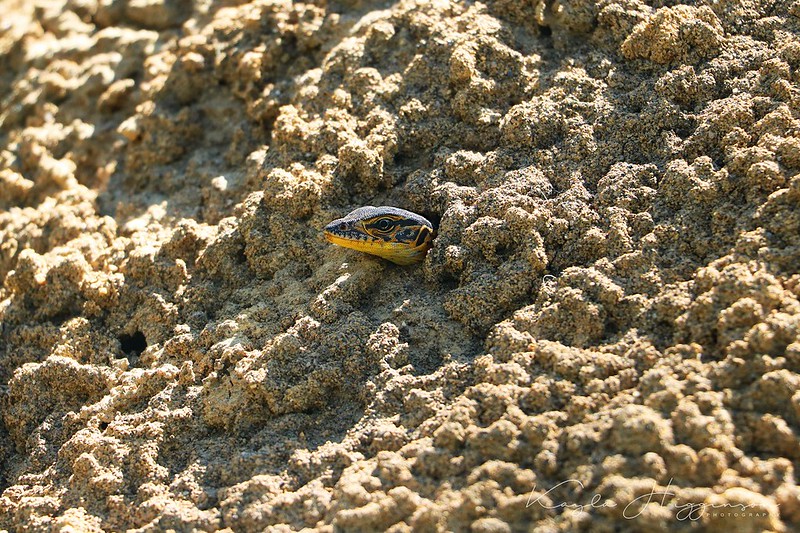 Heath Monitor (Varanus rosenbergi) by Kayla Higginson, on Flickr
Heath Monitor (Varanus rosenbergi) by Kayla Higginson, on Flickr
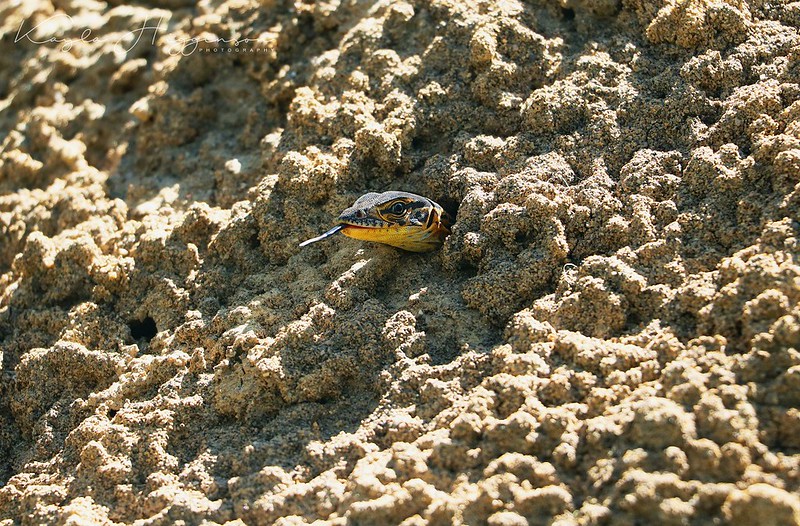 Heath Monitor (Varanus rosenbergi) by Kayla Higginson, on Flickr
Heath Monitor (Varanus rosenbergi) by Kayla Higginson, on Flickr
I spent hours sitting stark still in the hot sun, being beset upon hundreds of March Flies to get these photos. Patience is definitely a virtue here. Not long after I decided to leave I came across a small skinny adult. She could possibly be the mother of these babies, having laid her eggs some six months earlier. Refer to her sunken belly and prominent hips.
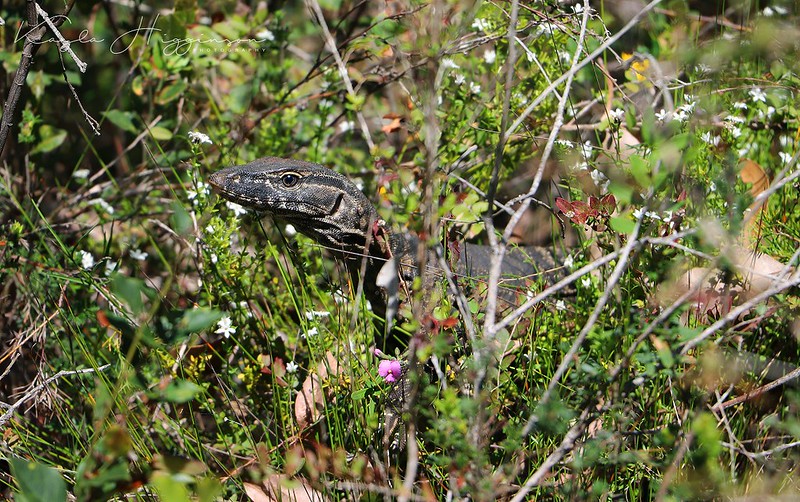 Heath Monitor (Varanus rosenbergi) by Kayla Higginson, on Flickr
Heath Monitor (Varanus rosenbergi) by Kayla Higginson, on Flickr
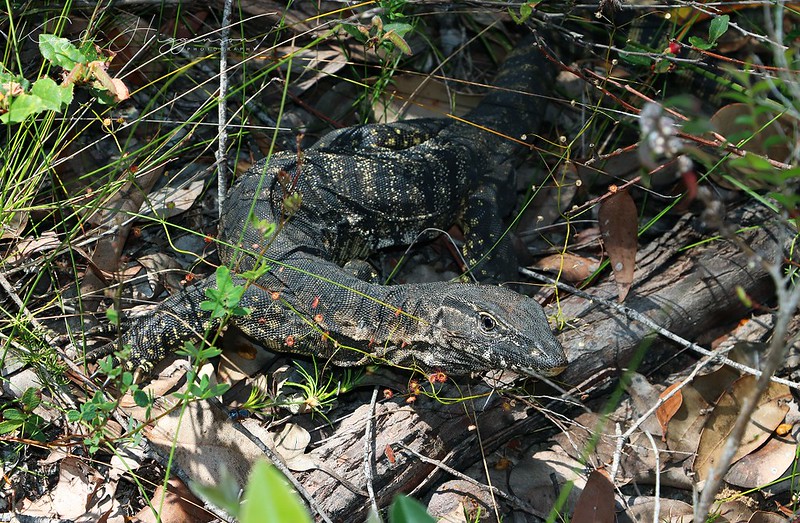 Heath Monitor (Varanus rosenbergi) by Kayla Higginson, on Flickr
Heath Monitor (Varanus rosenbergi) by Kayla Higginson, on Flickr
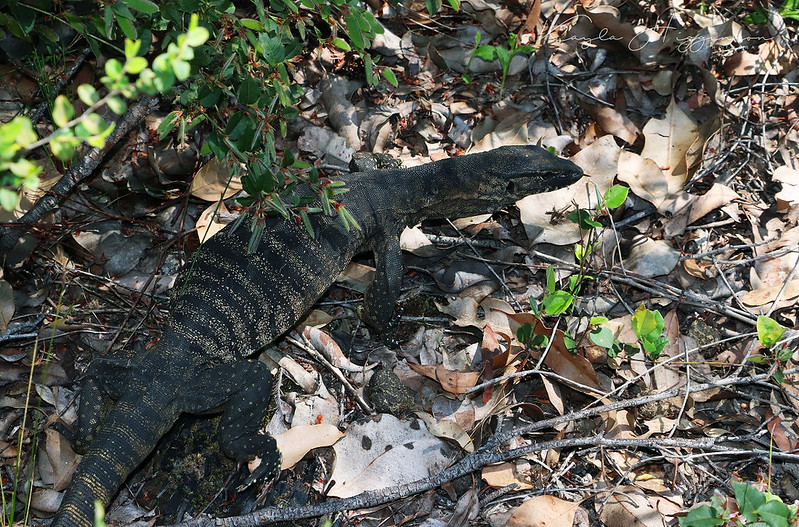 Heath Monitor (Varanus rosenbergi) by Kayla Higginson, on Flickr
Heath Monitor (Varanus rosenbergi) by Kayla Higginson, on Flickr
Here's a different termite mound in a different area. Note the vegetation's regeneration as time goes by after the controlled burnings.
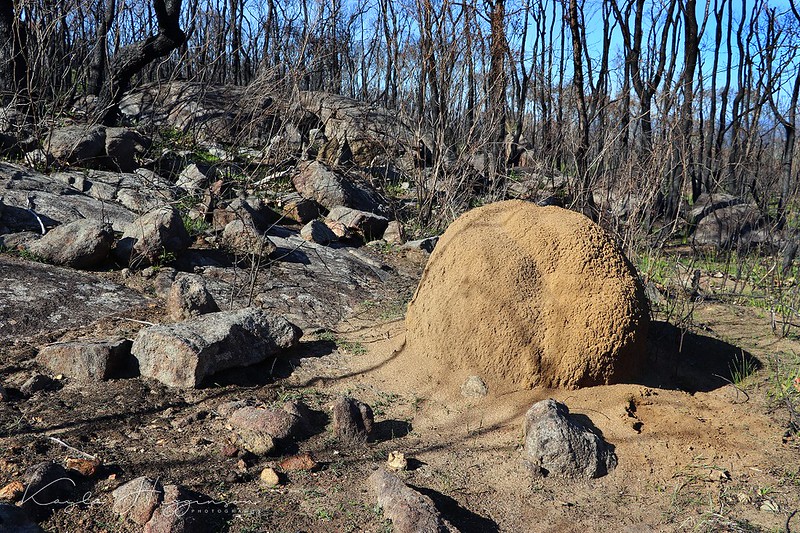 Nasute Termite Mound by Kayla Higginson, on Flickr
Nasute Termite Mound by Kayla Higginson, on Flickr
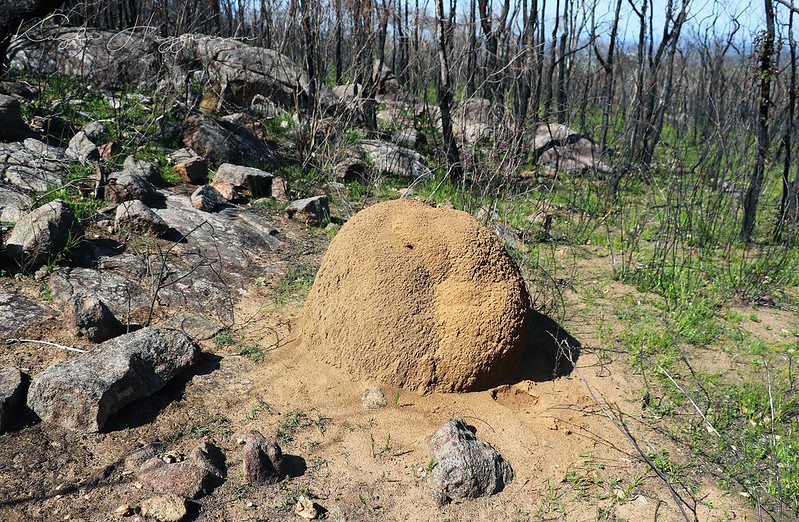 Nasute Termite Mound by Kayla Higginson, on Flickr
Nasute Termite Mound by Kayla Higginson, on Flickr
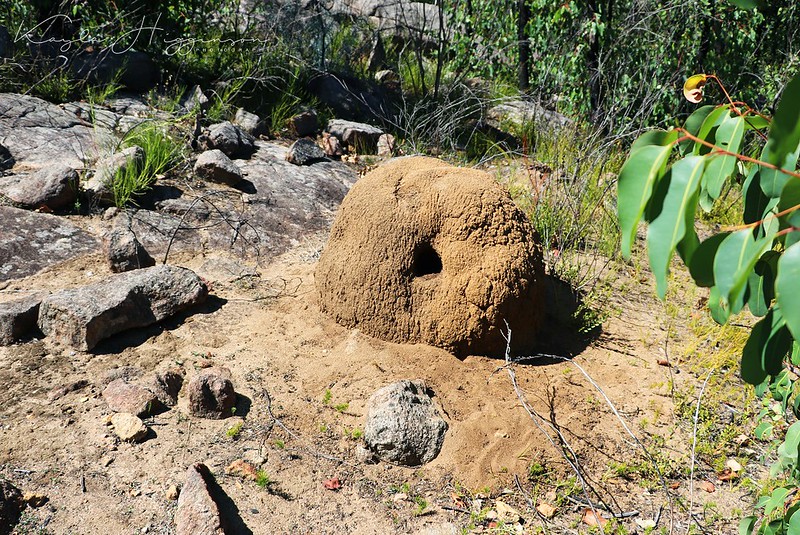 Nasute Termite Mound by Kayla Higginson, on Flickr
Nasute Termite Mound by Kayla Higginson, on Flickr
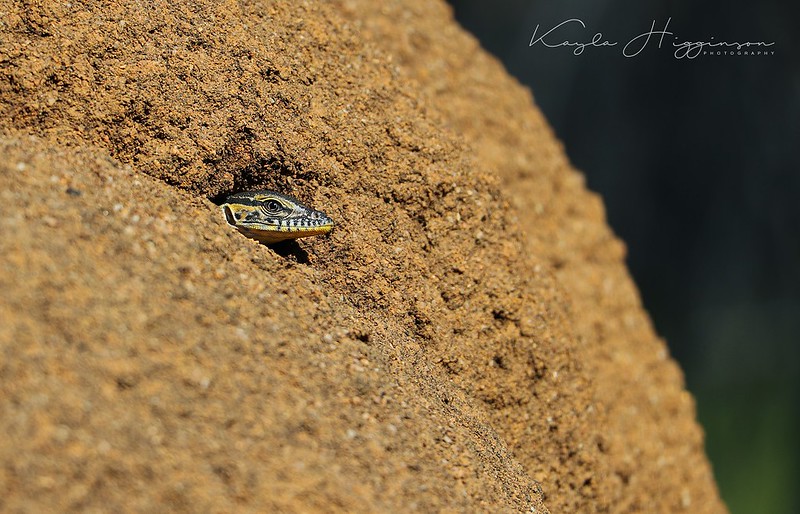 Heath Monitor (Varanus rosenbergi) by Kayla Higginson, on Flickr
Heath Monitor (Varanus rosenbergi) by Kayla Higginson, on Flickr
Note the differences in hole sizes formed in the termite mound. The photo with the small hole is the neonate's exit route, which appeared early spring, whereas in the photo with the large hole is the mother digging into the mound to lay the next generation, in early autumn. Some couple metres away I discovered the possible mother resting in the shade of thick vegetation.
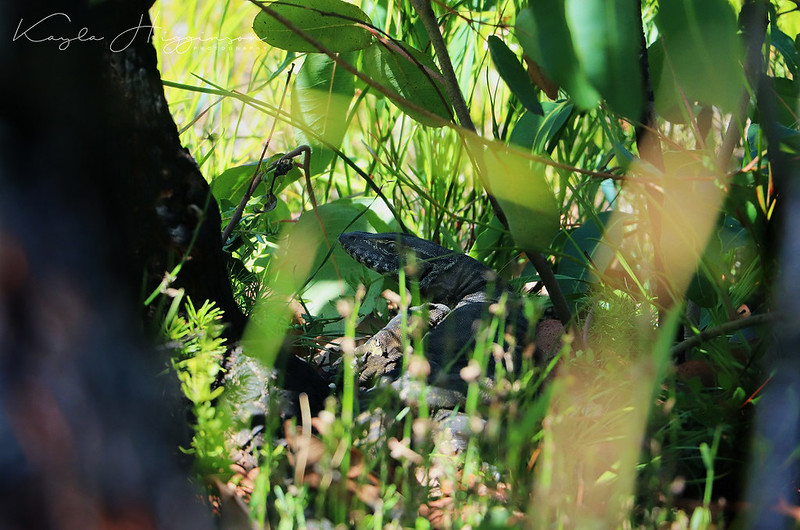 Heath Monitor (Varanus rosenbergi) by Kayla Higginson, on Flickr
Heath Monitor (Varanus rosenbergi) by Kayla Higginson, on Flickr
I may have posted these before, but here's some more photos of different adults that I have come across and was able to photograph.
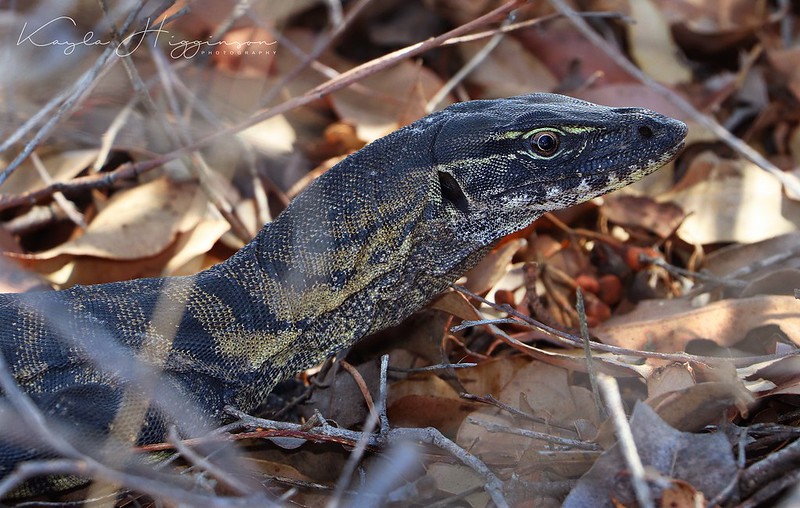 Heath Monitor (Varanus rosenbergi) by Kayla Higginson, on Flickr
Heath Monitor (Varanus rosenbergi) by Kayla Higginson, on Flickr
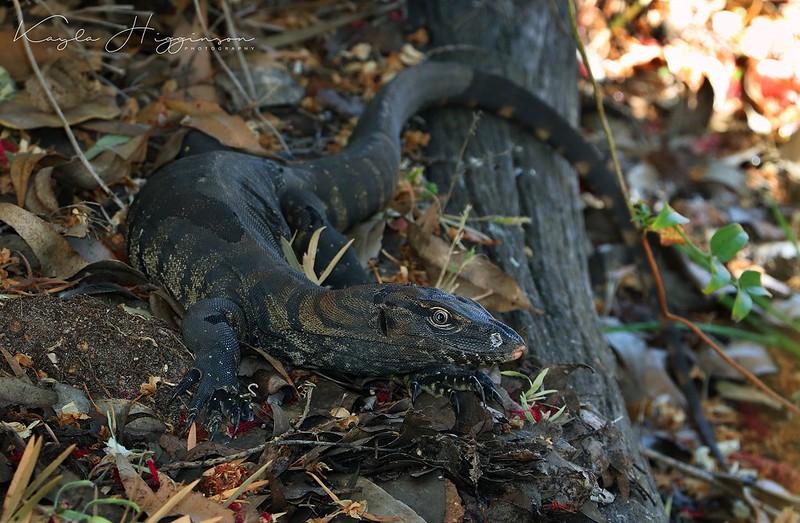 Heath Monitor (Varanus rosenbergi) by Kayla Higginson, on Flickr
Heath Monitor (Varanus rosenbergi) by Kayla Higginson, on Flickr
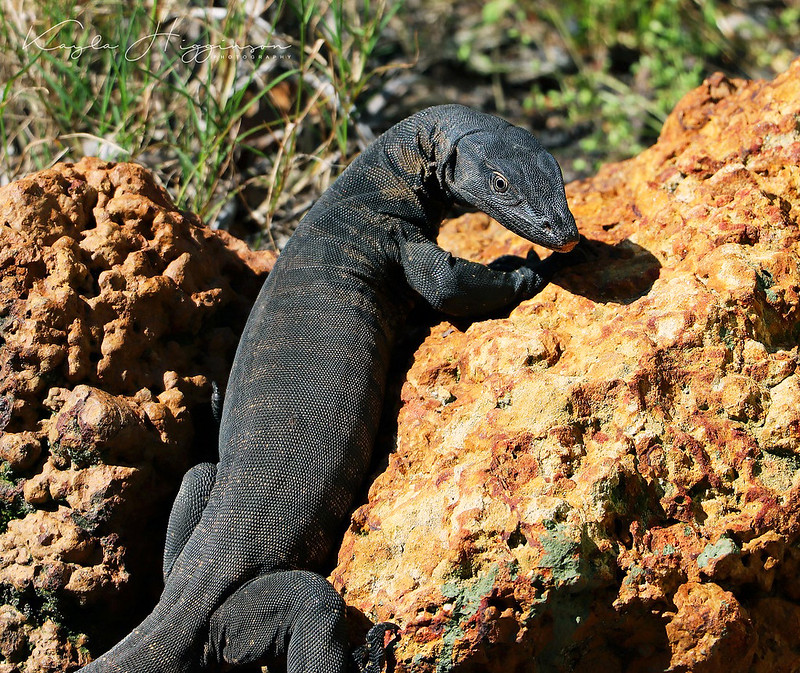 Heath Monitor (Varanus rosenbergi) by Kayla Higginson, on Flickr
Heath Monitor (Varanus rosenbergi) by Kayla Higginson, on Flickr
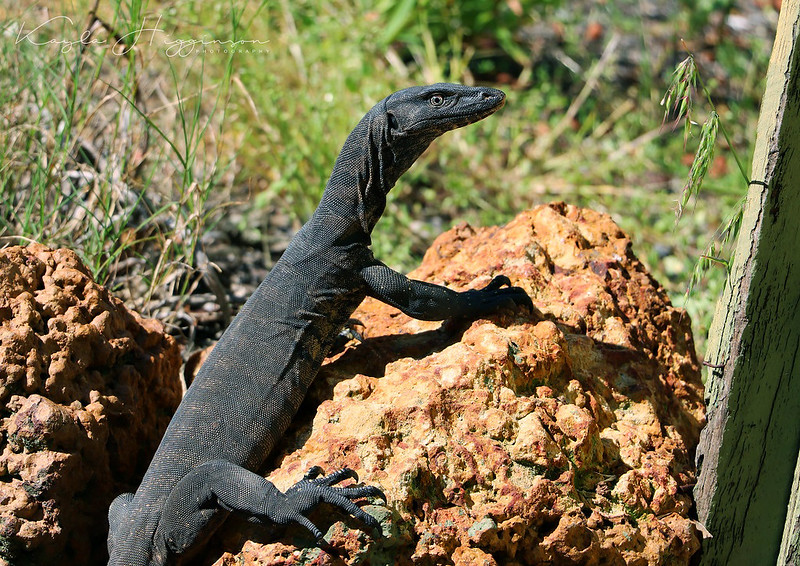 Heath Monitor (Varanus rosenbergi) by Kayla Higginson, on Flickr
Heath Monitor (Varanus rosenbergi) by Kayla Higginson, on Flickr
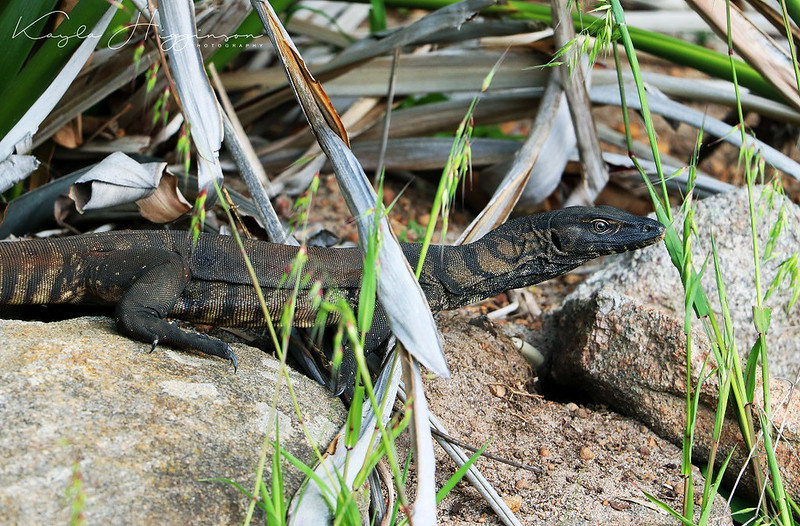 Heath Monitor (Varanus rosenbergi) by Kayla Higginson, on Flickr
Heath Monitor (Varanus rosenbergi) by Kayla Higginson, on Flickr
 Nasute Termite Mound by Kayla Higginson, on Flickr
Nasute Termite Mound by Kayla Higginson, on Flickr Heath Monitor (Varanus rosenbergi) by Kayla Higginson, on Flickr
Heath Monitor (Varanus rosenbergi) by Kayla Higginson, on Flickr Heath Monitor (Varanus rosenbergi) by Kayla Higginson, on Flickr
Heath Monitor (Varanus rosenbergi) by Kayla Higginson, on Flickr Heath Monitor (Varanus rosenbergi) by Kayla Higginson, on Flickr
Heath Monitor (Varanus rosenbergi) by Kayla Higginson, on Flickr Heath Monitor (Varanus rosenbergi) by Kayla Higginson, on Flickr
Heath Monitor (Varanus rosenbergi) by Kayla Higginson, on FlickrI spent hours sitting stark still in the hot sun, being beset upon hundreds of March Flies to get these photos. Patience is definitely a virtue here. Not long after I decided to leave I came across a small skinny adult. She could possibly be the mother of these babies, having laid her eggs some six months earlier. Refer to her sunken belly and prominent hips.
 Heath Monitor (Varanus rosenbergi) by Kayla Higginson, on Flickr
Heath Monitor (Varanus rosenbergi) by Kayla Higginson, on Flickr Heath Monitor (Varanus rosenbergi) by Kayla Higginson, on Flickr
Heath Monitor (Varanus rosenbergi) by Kayla Higginson, on Flickr Heath Monitor (Varanus rosenbergi) by Kayla Higginson, on Flickr
Heath Monitor (Varanus rosenbergi) by Kayla Higginson, on FlickrHere's a different termite mound in a different area. Note the vegetation's regeneration as time goes by after the controlled burnings.
 Nasute Termite Mound by Kayla Higginson, on Flickr
Nasute Termite Mound by Kayla Higginson, on Flickr Nasute Termite Mound by Kayla Higginson, on Flickr
Nasute Termite Mound by Kayla Higginson, on Flickr Nasute Termite Mound by Kayla Higginson, on Flickr
Nasute Termite Mound by Kayla Higginson, on Flickr Heath Monitor (Varanus rosenbergi) by Kayla Higginson, on Flickr
Heath Monitor (Varanus rosenbergi) by Kayla Higginson, on FlickrNote the differences in hole sizes formed in the termite mound. The photo with the small hole is the neonate's exit route, which appeared early spring, whereas in the photo with the large hole is the mother digging into the mound to lay the next generation, in early autumn. Some couple metres away I discovered the possible mother resting in the shade of thick vegetation.
 Heath Monitor (Varanus rosenbergi) by Kayla Higginson, on Flickr
Heath Monitor (Varanus rosenbergi) by Kayla Higginson, on FlickrI may have posted these before, but here's some more photos of different adults that I have come across and was able to photograph.
 Heath Monitor (Varanus rosenbergi) by Kayla Higginson, on Flickr
Heath Monitor (Varanus rosenbergi) by Kayla Higginson, on Flickr Heath Monitor (Varanus rosenbergi) by Kayla Higginson, on Flickr
Heath Monitor (Varanus rosenbergi) by Kayla Higginson, on Flickr Heath Monitor (Varanus rosenbergi) by Kayla Higginson, on Flickr
Heath Monitor (Varanus rosenbergi) by Kayla Higginson, on Flickr Heath Monitor (Varanus rosenbergi) by Kayla Higginson, on Flickr
Heath Monitor (Varanus rosenbergi) by Kayla Higginson, on Flickr Heath Monitor (Varanus rosenbergi) by Kayla Higginson, on Flickr
Heath Monitor (Varanus rosenbergi) by Kayla Higginson, on Flickr





